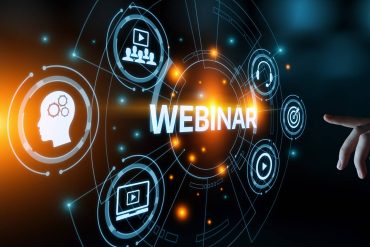
Highlighting the Most Important Factors in Earthquake Resilience and Response Solutions
Featuring: Brandon Parrott, Kinemetrics, Inc.
Over the past 55 years, Kinemetrics has led the development of seismic instrumentation and solutions that have enabled our customers and partners to advance earthquake science and engineering to the point we find it today.
This path of Advancement Through Innovation continues even today.
In this informative webinar and Q&A session, Brandon Parrott from Kinemetrics will review some of the most important recent events and findings related to earthquake response solutions, through the lens of the case studies and solutions presented in previous Kinemetrics Information Series Webinars.
More than just a simple year-end review, this presentation will concentrate on highlighting the critical factors driving state-of-the art earthquake solutions. This webinar is a must for any scientist, engineer, or emergency response professional involved in supporting earthquake resilience and response.
